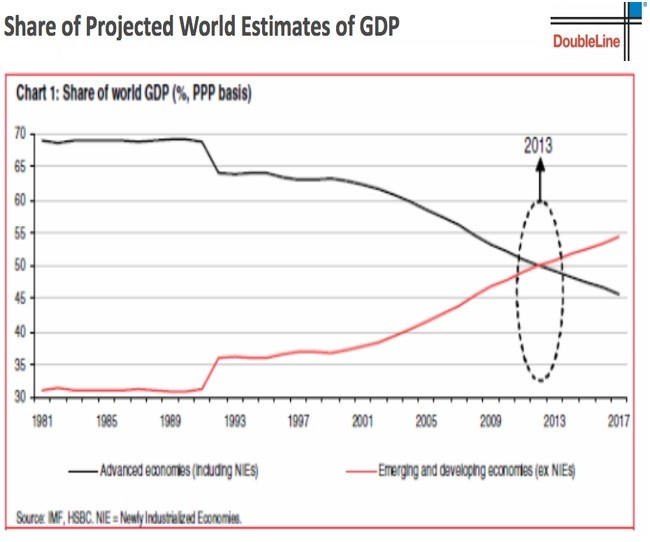New Investment Growth in Emerging Markets
Post on: 21 Август, 2015 No Comment

Smart Investing Daily co-contributing editor Sara Nunnally shows us where the sweet spot of emerging markets can now be found.
As you all know, I’ve spent my fair share of time traipsing around the world looking for new investment opportunities in emerging markets. I’ve been to places like Vietnam and Morocco, the Czech Republic and South Africa, searching for cutting-edge ideas.
Now, with the Federal Reserve keeping interest rates effectively at zero, investors are once again looking offshore for new ideas, and they’re taking their money with them, and making emerging markets climb.
So let’s take a look at the international investment scene, and see what’s happening, and if there are any opportunities for us.
Frontier Markets See Massive Influx of Investor Cash
Interest lately has revived in so-called frontier markets, as pension funds and other investors look to diversify their holdings and capture higher returns, writes Jane Kim for The Wall Street Journal. They are putting money into countries at the farthest reaches of the investing world, beyond even so-called emerging markets — countries like Sri Lanka, Bangladesh and the Ivory Coast.
But what exactly is the difference between an emerging market and a frontier market?
Well, an emerging market economy. broadly, has an economy that is progressing toward becoming advanced, according to Investopedia.com. That means they are gaining liquidity in their debt and equity markets. It also means they have some sort of market exchange.
Frontier markets aren’t quite so advanced. While they may have stock markets of their own, they are not very liquid, even in comparison to emerging economies’ stock markets.
Both areas offer the potential for substantial returns, but for a price. For frontier markets, political instability and fluctuations in currencies are more common and can leave you trying to run for cover in an illiquid market.
That said, frontier markets can also offer you some good portfolio diversification, as they have a low correlation to developed markets.
Outside of the BRIC House
This detachment from developed markets, however, might be why there is a fair amount of instability in frontier markets.
The trick is to find the range of economies not in the frontier category (unless you’re willing and able to take on a lot of risk), but not yet in the BRIC (Brazil, Russia, India and China) category either. So much investment capital has already washed up on those foreign shores that you almost can’t call them emerging markets anymore.
Don’t get me wrong. They don’t quite fit in the developed market category either, and there is still some amazing growth potential in these markets. In fact, just Monday, Goldman Sachs announced a $1.1 billion investment in China’s Taikang Life Insurance Corp. and investment into Brazil for the first half of 2010 totaled $1.51 billion, a 52.7% increase from 2009’s first six months.
But the sweet spot might be in the in-between sections of these market categories.
Places like Turkey, Indonesia, Morocco and Egypt. Maybe even Vietnam. But Turkey and Indonesia are certainly at the top of the list as far as outpacing the BRIC nations goes.

According to Bloomberg, these two markets are beating the BRICs handily. The markets both hit all-time highs in late July. Turkey’s market has climbed 13% in the last year, and Indonesia’s has climbed 21%.
Bloomberg’s Michael Patterson writes, The MSCI BRIC Index of shares in Brazil, Russia, India and China is still 42 percent below its peak after losing 1.2 percent in 2010.
Tween Markets
For the most part, energy and commodities, telecommunications, and financial sectors dominate both emerging and frontier markets, with the services sector growing strongly in emerging markets .
That means two things when you’re considering investing in these tweens. Internal demand must be strong, and external demand cannot be waning. In most cases, with these tween markets, internal demand cannot make up for a drop in external demand for its goods and commodities.
What’s important for these two tweens, Turkey and Indonesia, is where they’re located.
Turkey is the gateway to frontier-market energy commodities. Europe has a need for energy like natural gas, and Central Asia has reserves being developed just for that market.
Indonesia is right in the middle of Southeast Asia, and serves as a bridge between fledgling frontier markets like Thailand and Malaysia, powerhouse emerging economies like China and India, and developed economies like Japan and Australia.
The good news is, ETF creators are already in on the game. iShares has an ETF called the MSCI Turkey Investable Market Index Fund (TUR:NYSE ) and another called the MSCI Indonesia Investable Market Index Fund (EIDO:NYSE ). Market Vectors also has its Indonesia ETF (IDX:NYSE ) .














